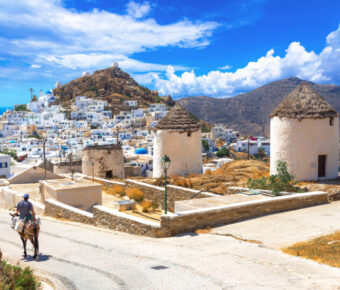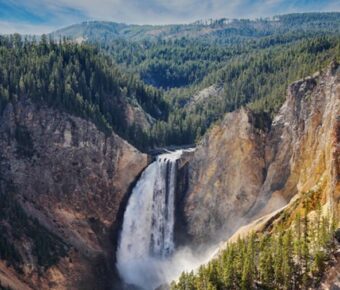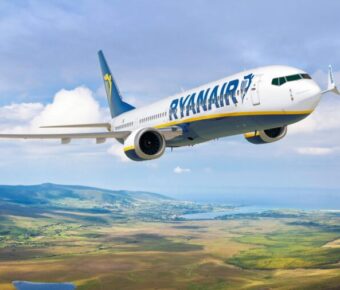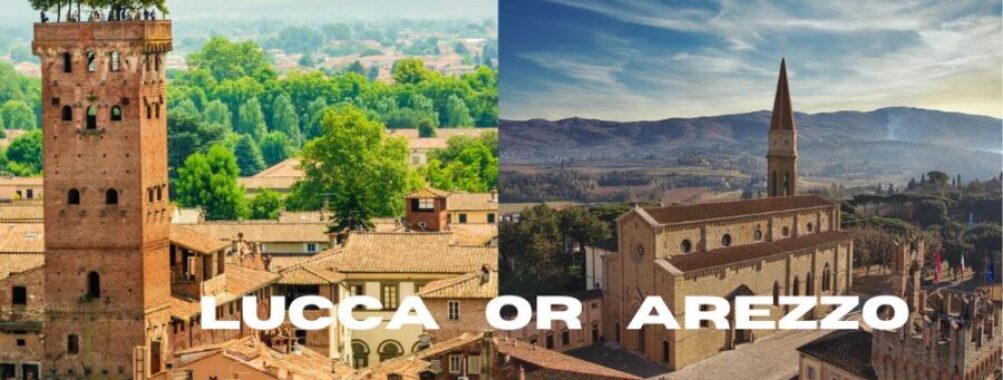
Lucca vs Arezzo: Which Hidden Tuscan Gem Offers the More Authentic Italian Experience?
Tuscany beckons travelers with its enchanting hill towns and medieval cities, making it hard to choose between gems like Lucca and Arezzo. These two cities offer distinct experiences for visitors seeking authentic Italian charm away from tourist crowds. While Lucca charms visitors with its perfectly preserved Renaissance walls and bike-friendly atmosphere, Arezzo impresses with its spectacular hilltop setting and world-class art treasures.
The ancient Tuscan cities each tell their own story through architecture and traditions. Lucca sits in western Tuscany’s plains, surrounded by its famous walls that now serve as a beloved pedestrian promenade. Arezzo perches dramatically on a hillside in eastern Tuscany, its medieval towers and churches creating an unforgettable skyline.
Both cities offer excellent train connections to Florence and Rome, making them convenient bases for exploring Italy. They also maintain cherished traditions – Arezzo hosts a twice-yearly medieval jousting tournament, while Lucca celebrates with music festivals and cultural events throughout the year.
Table of Contents
- Geographical Context and Historical Significance
- Location and Landscape
- Historical Overview
- Cultural and Architectural Highlights
- Lucca’s City Walls and Towers
- Arezzo’s Medieval Churches and Art
- Travel and Accessibility
- Reaching Lucca and Arezzo
- Navigating Public Transportation
- Leisure and Entertainment
- Shopping and Markets
- Culinary Tours and Wine Tasting
- Day Trip Destinations from Lucca and Arezzo
- Exploring Tuscan Cities and Towns
- Beach and Mountain Getaways
- Accommodations and Facilities
- Staying in Lucca
- Lodging in Arezzo
- Frequently Asked Questions
- What unique experiences does Arezzo offer that distinguish it from other Tuscan towns?
- Can you highlight the cultural and historical differences between Lucca and Siena?
- What are some must-see attractions in Lucca for a first-time visitor?
- How do the culinary scenes in Arezzo and San Gimignano compare?
- In terms of architecture and medieval charm, how does Cortona differ from Arezzo?
- Which town, Arezzo or Montepulciano, offers a more authentic Tuscan wine experience?
- Book Your Dream Experience
- More Travel Guides
Geographical Context and Historical Significance
Both Lucca and Arezzo stand as ancient gems in Tuscany’s crown, with rich histories dating back to pre-Roman times and strategic positions that shaped their development across centuries.
Location and Landscape
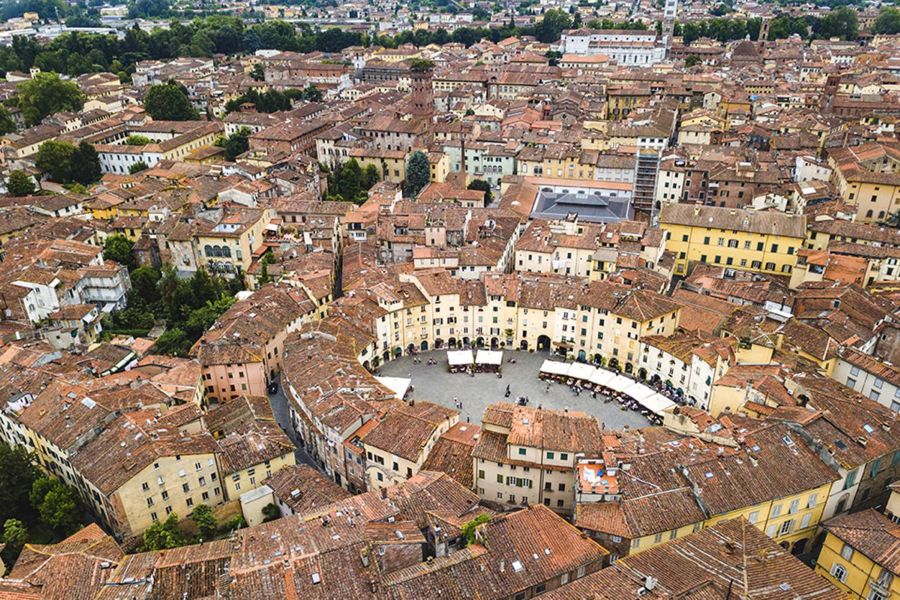
Lucca sits in northwestern Tuscany, nestled in a fertile plain near the Serchio River. The city’s famous Renaissance-era walls form a perfect ring around its historic center. Just 45 miles west of Florence, Lucca’s flat terrain makes it perfect for cycling and walking.
Arezzo perches on a hilltop in eastern Tuscany, offering stunning views of the surrounding valleys. The city rises across four hills, creating a natural amphitheater effect. It’s positioned 50 miles southeast of Florence and 140 miles north of Rome.
Both cities enjoy Tuscany’s mild climate, though Arezzo’s higher elevation means slightly cooler temperatures and less humidity than Lucca.
Historical Overview
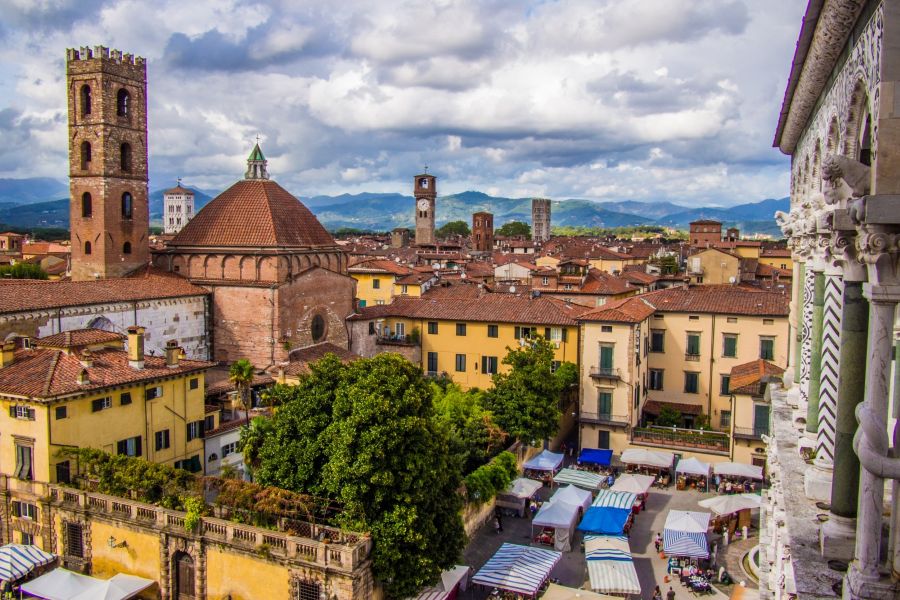
Lucca started as an Etruscan settlement before becoming a Roman colony in 180 BCE. The city gained fame as a major silk trading center during medieval times. Its well-preserved walls tell the story of its independence – Lucca remained a sovereign republic for almost 500 years.
Arezzo’s story begins even earlier, with Etruscan roots dating to the 9th century BCE. The city became one of the most important members of the Etruscan League. During medieval times, Arezzo rivaled Florence and Siena in wealth and influence.
Arezzo produced countless artists and writers, including poet Petrarch and painter Piero della Francesca. Lucca gave birth to famous composers like Puccini and influential noble families who shaped Italian history.
Cultural and Architectural Highlights
These two Tuscan cities showcase distinct architectural styles and cultural treasures that reflect their rich histories. Each offers unique ways to experience Italy’s artistic heritage through well-preserved buildings and traditions.
Lucca’s City Walls and Towers
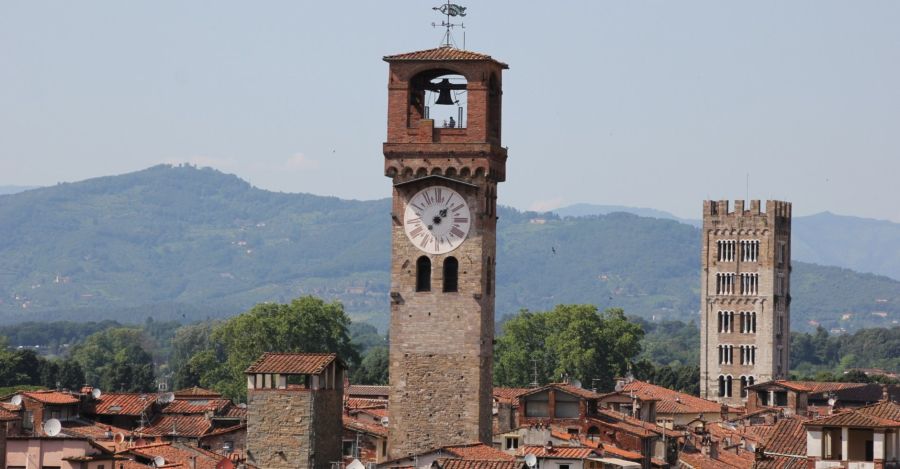
The famous Renaissance-era walls wrap around Lucca for 4 kilometers, creating one of Europe’s most complete city fortifications. You can walk or bike along the tree-lined ramparts for amazing views of the city.
Inside the walls, medieval towers rise above the skyline. The most striking is Torre Guinigi, topped with ancient oak trees growing on its rooftop garden. Torre delle Ore (Clock Tower) gives visitors a chance to see the old timepiece up close.
The walls themselves are 30 feet wide in some spots. Local families stroll or jog here in early evenings, making it a perfect spot to experience daily Italian life.
Arezzo’s Medieval Churches and Art
Arezzo’s Basilica of San Francesco holds the city’s greatest artistic treasure – Piero della Francesca’s Legend of the True Cross fresco cycle. These stunning 15th-century works show scenes from Christian history in vivid detail.
The Gothic Cathedral sits at the city’s highest point, featuring beautiful stained glass windows from the 1500s. Its marble altar piece by Guillaume de Marcillat adds to the church’s artistic value.
The Romanesque church of Santa Maria della Pieve stands out with its unique 12th-century facade. Its bell tower is known locally as the “tower of 100 holes” due to its many windows.
Travel and Accessibility
Both Lucca and Arezzo offer excellent transport links to major Italian cities, with trains and buses connecting travelers to Florence, Rome, and beyond. Each city features different advantages for getting around and exploring the surrounding regions.
Reaching Lucca and Arezzo
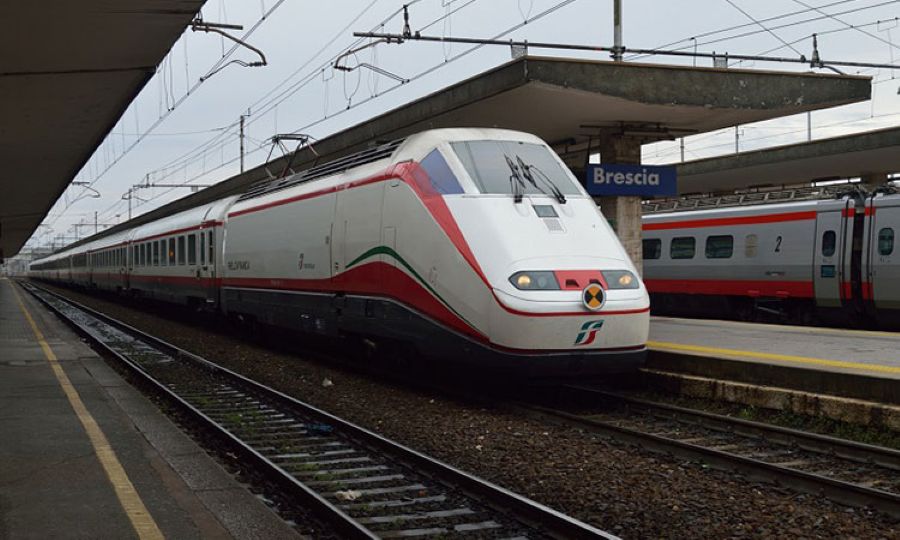
Lucca sits on the main train line between Florence and Pisa, making it easy to reach from major airports. The train journey from Florence takes about 1 hour and 20 minutes. The city’s train station lies just outside the ancient walls, a short walk from the historic center.
Arezzo’s location on the main north-south rail line puts it in a prime spot for travelers. The high-speed Freccia trains connect Arezzo to Florence in just 40 minutes and Rome in about 1 hour. Book train tickets at the best rates in advance.

Lucca shines as a walkable city where most attractions sit within the compact historic center. Bikes are popular here – many visitors rent them to cycle along the city walls. The flat terrain makes cycling an ideal way to explore.
Arezzo spreads across hills, which can make walking more challenging. The city runs efficient bus services throughout the center and to nearby areas. Free escalators help visitors climb from the train station to the upper town.
Both cities work well as bases without a car. Train connections serve many nearby towns and attractions. For those wanting more freedom, rental cars are available at both train stations.
Leisure and Entertainment
Both Lucca and Arezzo offer plenty of fun ways to spend your time. Each city has amazing shopping spots and tasty food tours that let you try local wine and treats.
Shopping and Markets
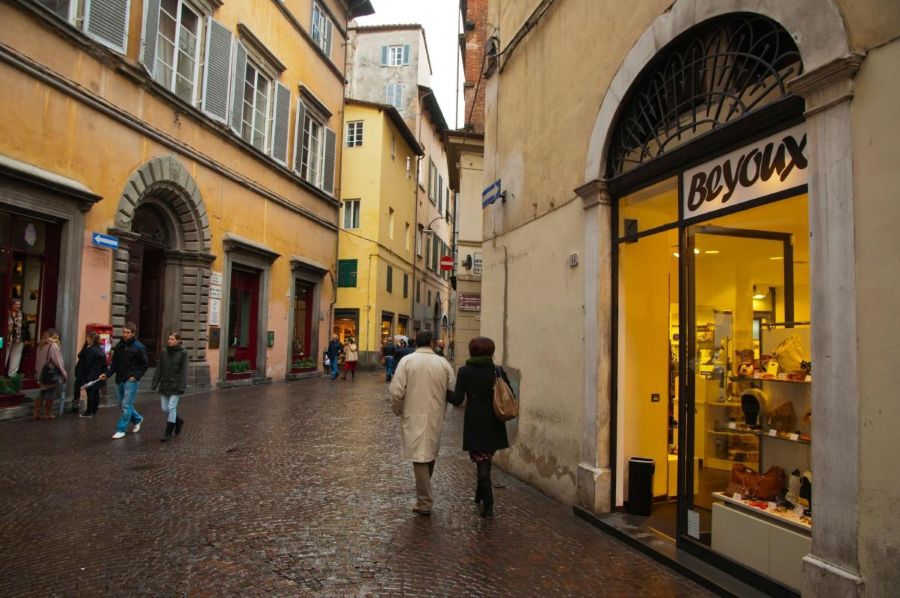
Lucca’s historic center has charming little shops along Via Fillungo where you can find Italian fashion, books, and unique gifts. The city’s weekly market fills Piazza Napoleone with fresh produce, clothes, and local crafts every Wednesday and Saturday.
Arezzo brings treasure hunters from all over Italy to its Fiera Antiquaria – a huge antique market that takes over the city streets on the first Sunday of each month. Many small shops and boutiques line Corso Italia, selling leather goods, jewelry, and art pieces.
Culinary Tours and Wine Tasting

Book a wine tasting tour in Lucca to sample local wines like Montecarlo DOC. The city’s cooking classes teach visitors how to make traditional dishes like tordelli lucchesi pasta.
Arezzo sits near many top Tuscan wineries along the Strada del Vino e dell’Olio. Local wine bars offer tastings of Chianti and other regional wines.
Small family restaurants in both cities serve authentic Tuscan dishes. Food walking tours let you try local specialties like Arezzo’s pici pasta and Lucca’s buccellato sweet bread.
Day Trip Destinations from Lucca and Arezzo
Both Lucca and Arezzo serve as excellent bases for exploring Tuscany’s treasures by train and bus. Each city connects travelers to different parts of the region, with unique day trip options ranging from medieval towns to coastal escapes.
Exploring Tuscan Cities and Towns
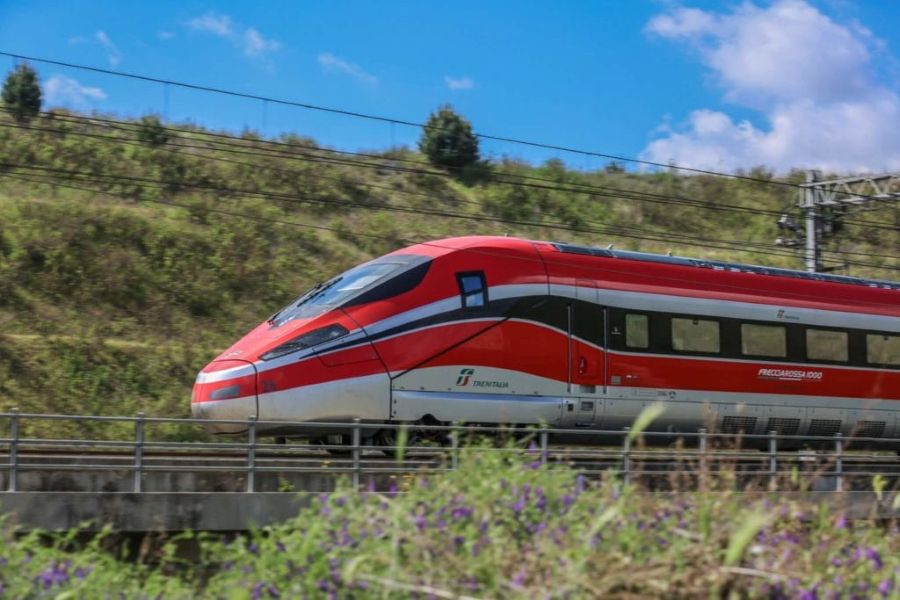
Florence makes an easy day trip from both cities. From Arezzo, the train takes just 1 hour, while Lucca travelers need about 1.5 hours to reach Florence’s magnificent museums and churches.
Siena‘s medieval streets are more accessible from Arezzo, with direct trains taking 1.5 hours. The route from Lucca requires a connection and closer to 2.5 hours total.
Pisa’s famous Leaning Tower sits just 30 minutes from Lucca by train. The quick journey makes it perfect for a morning or afternoon visit.
From Arezzo, charming hill towns like Cortona and Montepulciano lie within an hour’s reach. These smaller spots offer amazing views and excellent wine tasting.
Beach and Mountain Getaways
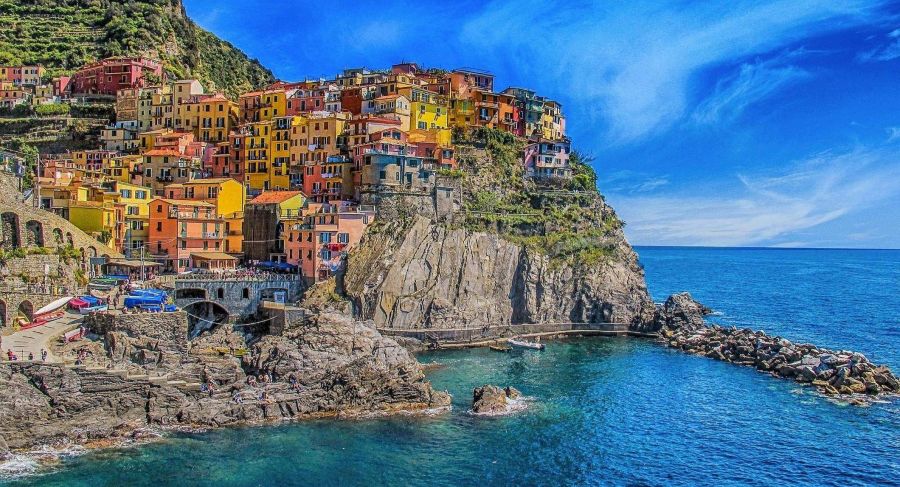
The stunning Cinque Terre coast sits about 2 hours from Lucca by train. These five colorful villages attract visitors with hiking trails and beautiful beaches.
Forte dei Marmi, a stylish beach town, takes just 45 minutes to reach from Lucca. Its wide sandy beaches and mountain views make it ideal for summer trips.
From Arezzo, the peaceful Val d’Orcia region beckons. Towns like Pienza and San Quirico welcome visitors with rolling hills and cypress trees. Local buses connect these spots in about an hour.
The Pratomagno mountains near Arezzo offer great hiking in warmer months. Several trails start right from local train stations.
Accommodations and Facilities
Both Lucca and Arezzo offer diverse lodging options ranging from boutique hotels to cozy rental apartments, each with their own unique charm and local character.
Staying in Lucca
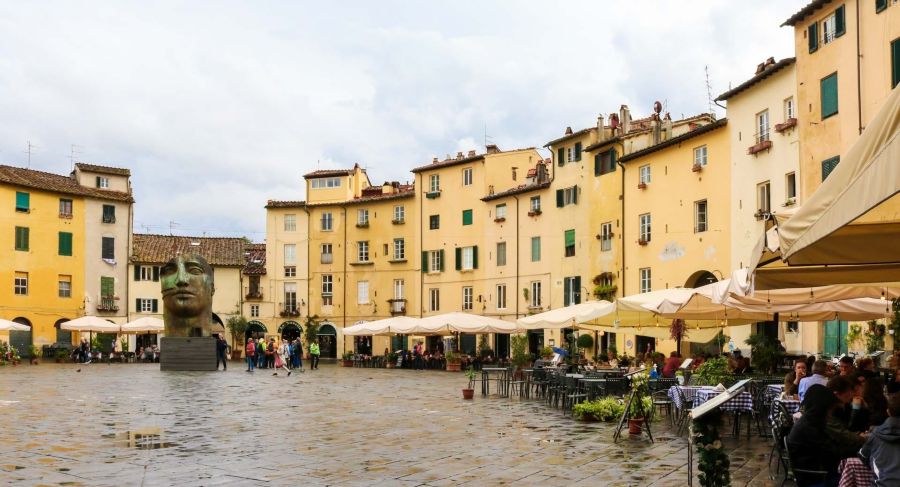
The medieval walls of Lucca house many charming hotels and accommodations in restored historic buildings. Most properties inside the walls provide bike rentals for guests to explore the city.
Rental apartments tend to cluster near Via Fillungo, the main shopping street. These spaces often feature traditional Tuscan architecture with modern amenities.
Parking can be tricky within the walls. Most hotels offer parking spots just outside the walls, about 5-10 minutes walking distance from your lodging.
The best accommodations book up quickly during summer and around the Lucca Summer Festival. Making reservations 3-4 months ahead is smart, especially for stays between June and September.
Lodging in Arezzo
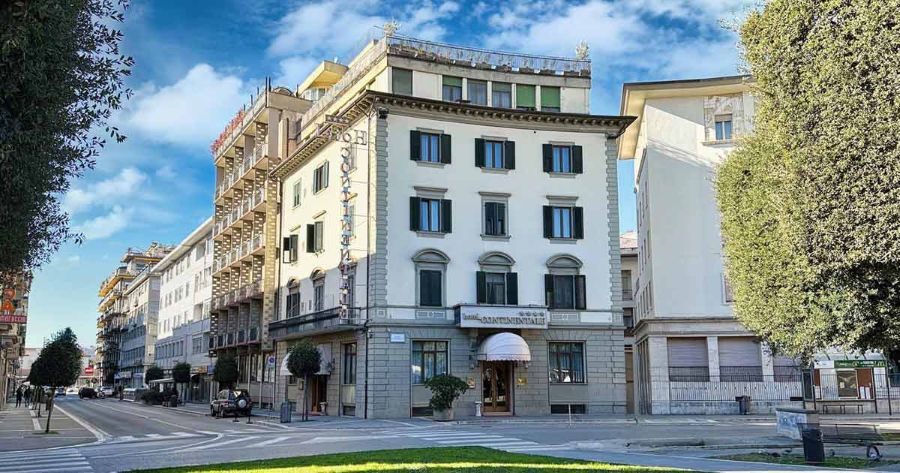
Arezzo’s historic center contains several boutique hotels in converted palazzos. Many rooms offer views of the main square or medieval towers.
The area around Corso Italia provides excellent mid-range options. Guests can easily walk to restaurants, shops, and the train station from this central location.
Rental apartments in Arezzo tend to be more spacious and cost less than similar options in Lucca. Many include free parking, which is a big plus for travelers with cars.
The city sees fewer tourists than Lucca, so finding last-minute accommodations is usually easier. Prices also stay more stable throughout the year.
Frequently Asked Questions
Tuscany’s historic towns each offer distinct experiences, from medieval architecture to renowned wines and cultural festivals. Local traditions and artistic heritage shape the unique character of these destinations.
What unique experiences does Arezzo offer that distinguish it from other Tuscan towns?
Arezzo’s famous Giostra del Saracino, a medieval jousting tournament held twice yearly, brings the city’s historic center to life with costumed participants and festive celebrations.
The city’s antiques fair, held on the first Sunday of each month, transforms the main square into a treasure trove of vintage items and collectibles.
The Basilica of San Francesco houses Piero della Francesca’s stunning fresco cycle “The Legend of the True Cross,” a masterpiece of Renaissance art.
Can you highlight the cultural and historical differences between Lucca and Siena?
Lucca’s intact Renaissance-era city walls now serve as a popular cycling and walking path stretching 4.2 kilometers around the city.
The city’s musical heritage shines through its connection to composer Giacomo Puccini, whose birthplace is now a museum.
What are some must-see attractions in Lucca for a first-time visitor?
The Torre Guinigi, topped with ancient oak trees, offers panoramic views of the city and surrounding countryside.
The elliptical Piazza dell’Anfiteatro preserves the shape of an ancient Roman amphitheater, now lined with cafes and shops.
San Michele in Foro church showcases stunning Romanesque architecture with its ornate façade and marble columns.
How do the culinary scenes in Arezzo and San Gimignano compare?
Arezzo specializes in hearty dishes like ribollita soup and locally-sourced beef, with many family-run trattorias serving traditional recipes.
The city’s weekly farmers’ market features regional specialties like pecorino cheese and truffle-infused products.
In terms of architecture and medieval charm, how does Cortona differ from Arezzo?
Arezzo features a mix of medieval, Renaissance, and Romanesque buildings spread across its hilltop setting.
The city’s main square, Piazza Grande, displays various architectural styles from different periods, creating a unique historical timeline in stone.
Which town, Arezzo or Montepulciano, offers a more authentic Tuscan wine experience?
Arezzo’s surrounding countryside produces excellent Chianti wines. Several small family-owned vineyards offer intimate tasting experiences.
The city hosts regular wine festivals celebrating local vintages. These festivals are particularly lively during harvest season in September and October.
